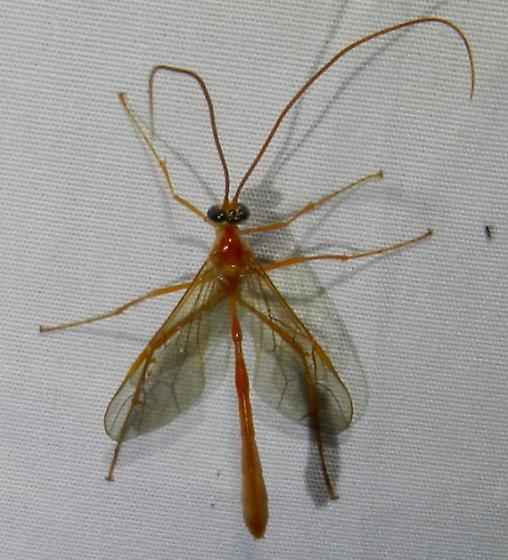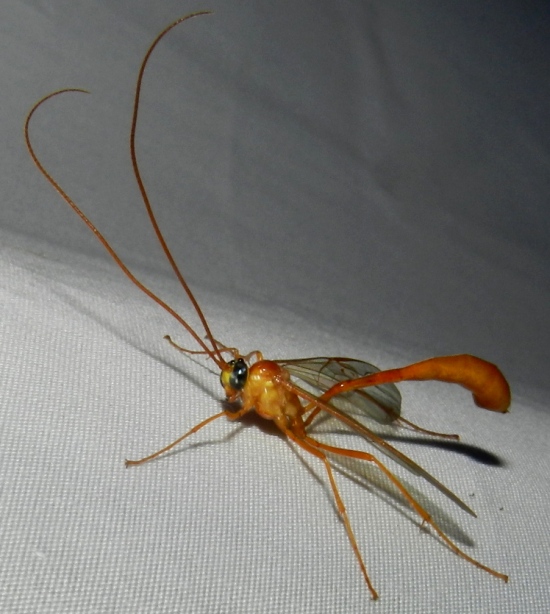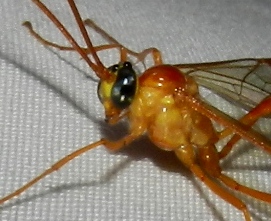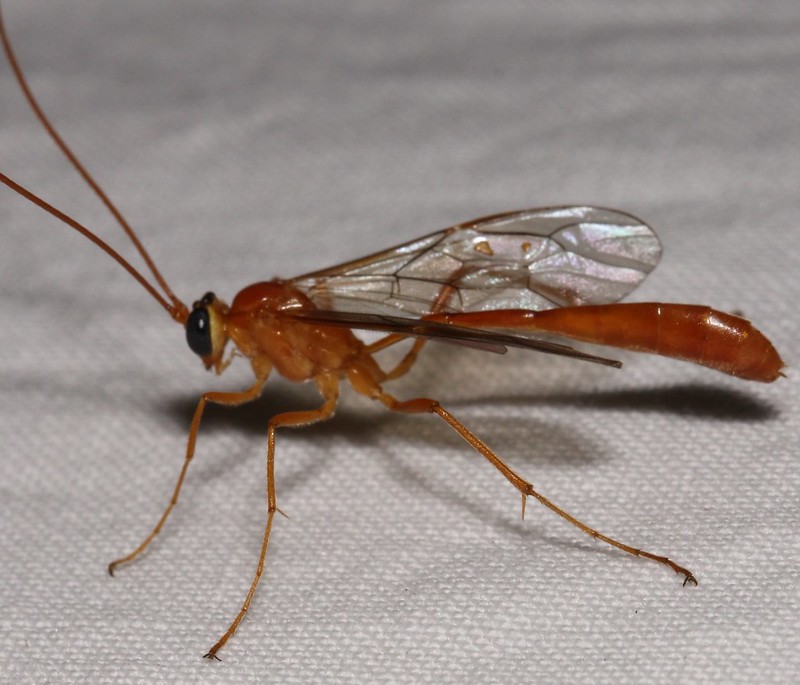Map Snapshot








12 Records
Seasonality Snapshot
Use of media featured on Maryland Biodiversity Project is only permitted with express permission of the photographer.
A female Enicospilus species in Howard Co., Maryland (8/11/2014). Determined by Ross Hill/BugGuide.
View Record Details
Media by
Nancy Magnusson.
A female Enicospilus species in Howard Co., Maryland (8/11/2014). Determined by Ross Hill/BugGuide.
View Record Details
Media by
Nancy Magnusson.
A female Enicospilus species in Howard Co., Maryland (8/11/2014). Determined by Ross Hill/BugGuide.
View Record Details
Media by
Nancy Magnusson.
An Enicospilus species in Harford Co., Maryland (7/20/2018). Verified by Ken Wolgemuth/BugGuide.
View Record Details
Media by
Dave Webb.
Source: Wikipedia
| Enicospilus | |
|---|---|

| |
| Enicospilus purgatus | |
| Scientific classification | |
| Domain: | Eukaryota |
| Kingdom: | Animalia |
| Phylum: | Arthropoda |
| Class: | Insecta |
| Order: | Hymenoptera |
| Family: | Ichneumonidae |
| Tribe: | Enicospilini |
| Genus: | Enicospilus Stephens, 1835 |
Enicospilus is a genus of large Ichneumonidae wasps.[1] They are unusual for wasps in that they fly at night and can be found near porch lights. While these wasps resemble crane flies with long legs and long, thin bodies, the presence of two sets of wings distinguishes them from the single pair of wings of Diptera (true flies including crane flies).[2] There are almost 700 described species of Enicospilus.[1] They are larval parasitoids of Saturniidae.[3]
References
[edit]- ^ a b Shimizu, So; Broad, Gavin R.; Maeto, Kaoru (2020-11-10). "Integrative taxonomy and analysis of species richness patterns of nocturnal Darwin wasps of the genus Enicospilus Stephens (Hymenoptera, Ichneumonidae, Ophioninae) in Japan". ZooKeys (990): 1–144. Bibcode:2020ZooK..990....1S. doi:10.3897/zookeys.990.55542. ISSN 1313-2970. PMC 7674391. PMID 33269011.
- ^ NC State University Department of Entomology. "Enicospilus Wasps".
- ^ Peigler, Richard S. (1996). "Catalog of parasitoids of Saturniidae of the world". Journal of Research on the Lepidoptera. 33: 1–121. doi:10.5962/p.266613.



